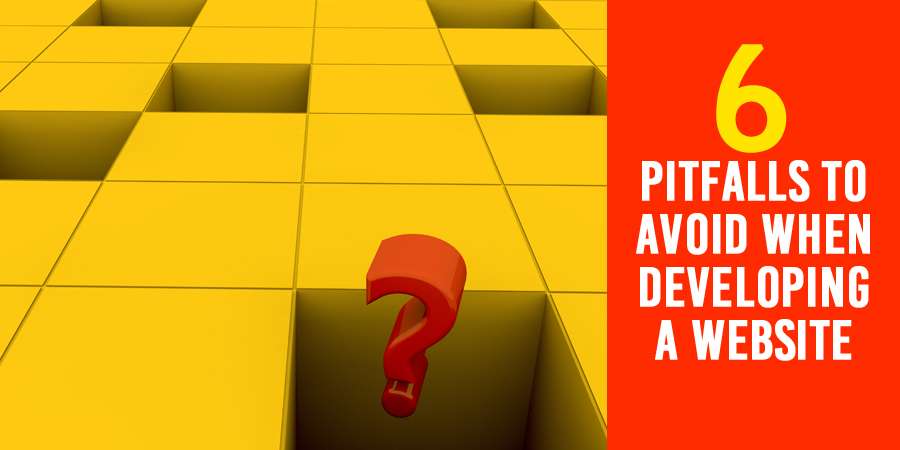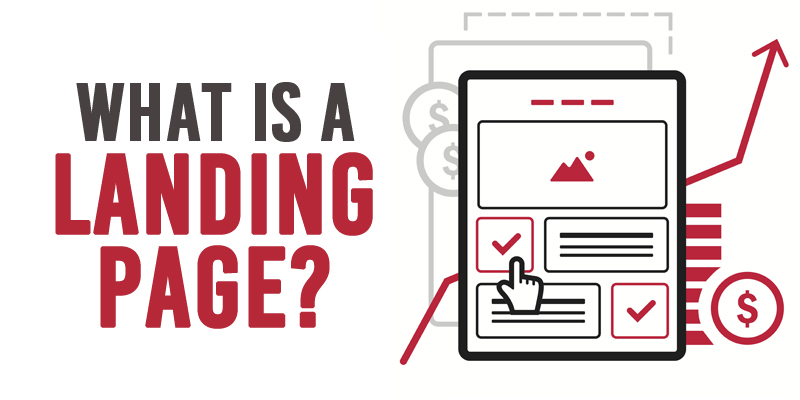6 Common Website Development Mistakes to Avoid

Planning on getting started with a new website project? First thing, make sure you have a good SEO offering company to back you up as just making a website won’t help you get more traffic. You could learn more here on your own, but I would still recommend you get the assistance of professionals. Here is a list of 6 website development mistakes to avoid:
Striving for the most attractive website in the world
This is probably the most common mistake. A lot of people spend countless hours creating a“beautiful’ website without considering what is best for optimal performance. If you have a business where beauty and creativity of your website is critical


